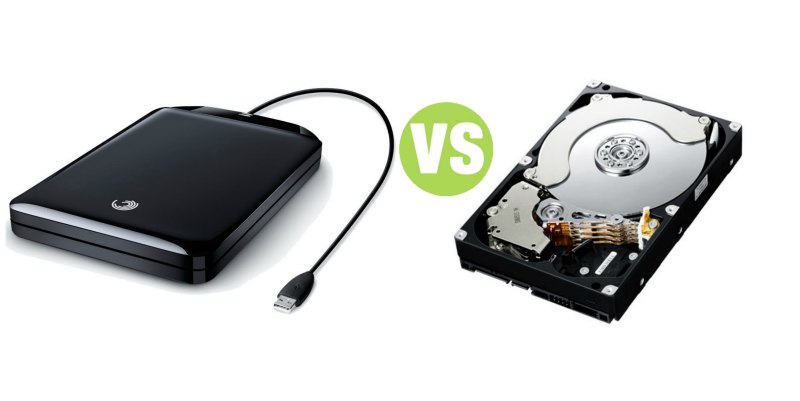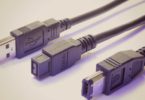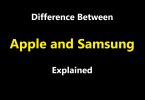External Hard Disk vs Hard Drive
Summary: Difference Between External Hard Disk and Hard Drive is that an external hard disk, is a separate freestanding hard disk, that connects with a cable to a USB port or FireWire port on the system unit or communicates wirelessly. While hard drive is a storage device that contains one or more inflexible, circular platters that use magnetic particles to store data, instructions, and information.

External Hard Disk
An external hard disk, is a separate freestanding hard disk that connects with a cable to a USB port or FireWire port on the system unit or communicates wirelessly. As with the internal hard disk, the entire hard disk is enclosed in an airtight, sealed case. External hard disks have storage capacities of up to 4 TB and more. Some external hard disk units include multiple hard disks that you can use for different purposes, if desired.
Hard Drive
A hard drive is a storage device that contains one or more inflexible, circular platters that use magnetic particles to store data, instructions, and information. The system unit on most desktop and notebook computers contains at least one hard drive. The entire device is enclosed in an airtight, sealed case to protect it from contamination. A hard disk that is mounted inside the system unit sometimes is called a fixed disk because it is not portable. With respect to a storage medium, the term portable means you can remove the medium from one computer and carry it to another computer. Current personal computer hard disks have storage capacities from 160 GB to 2 TB and more. Home users store documents, spreadsheets, presentations, databases, e-mail messages, Web pages, digital photos, music, videos, and software on hard disks.
Businesses use hard drives to store correspondence, reports, financial records, e-mail messages, customer orders and invoices, payroll records, inventory records, presentations, contracts, marketing literature, schedules, and Web sites. Traditionally, hard drives stored data using longitudinal recording, which aligned the magnetic particles horizontally around the surface of the disk. With perpendicular recording, by contrast, hard drives align the magnetic particles vertically, or perpendicular to the disk’s surface, making much greater storage capacities possible. Experts estimate that hard disks using perpendicular recording provide storage capacities about 10 times greater than disks that use longitudinal recording. Hard drives are read/write storage media. That is, you can read from and write on a hard disk any number of times.
Also Read:
Difference Between Memory and Hard Drive
Difference Between Motherboard and Hard Drive
Difference Between Flash Memory and Hard Drive







Leave a Comment
You must be logged in to post a comment.